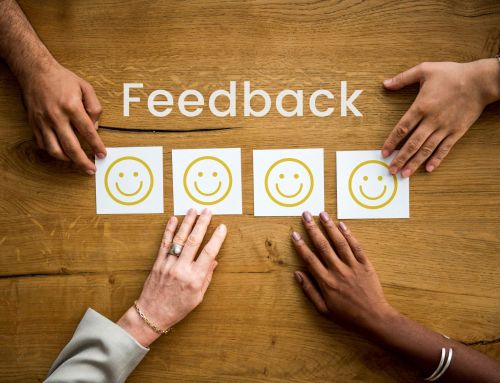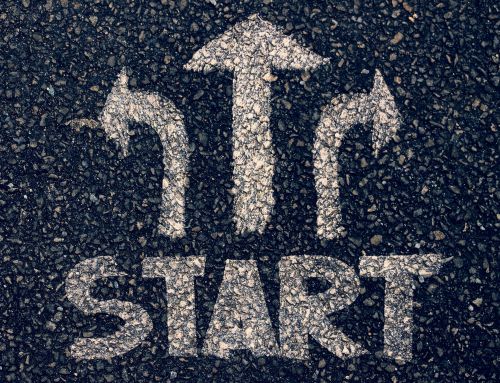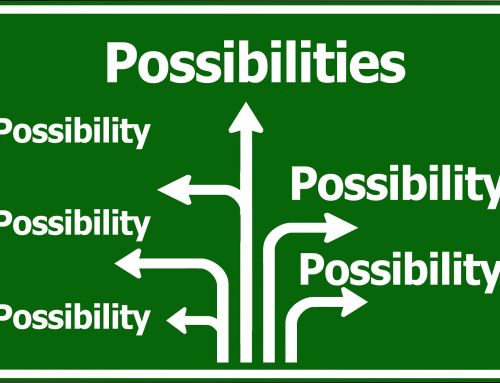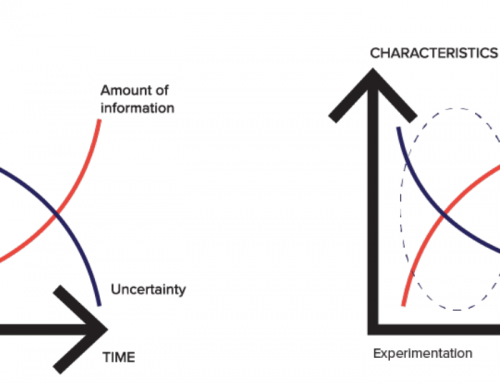This week’s blog will focus more on the role of the businessperson in encouraging certain interactions through behavioural nudges.
Nudge theory has come into question recently, but we’re going to look at nudging through a wellness lens. Where both the user and the product or service provider benefit rather than the end user feeling forced or coerced into something.
This is where companies can really optimize their customer lifetime value.
Think of everyday human to human interactions with people in your network. We all nudge and recommend each other to try new products or experiences that we feel can benefit the other person. These nudges are helpful and not in any way manipulative or pushy.
If we can bring this human level of interaction to machine to human relationships, this can have an enormous impact on your business.
This is where the businessperson role fits in
As a businessperson or executive, your focus will be on profit and loss, driving efficiency and sales in a predictive way, and finding better ways to engage with customers and partners.
You want to understand the impact of a project and to continuously track the economic returns without having to build a complex environment or focus on the accuracy, recall rates and predictability.

3 key elements to help you influence behaviour
Human context and customer behaviours change constantly. So how do you figure out how to nudge people to minimize your business downtime and optimize sales?
To influence behaviour there are 3 dimensions to understand and track:
- Time
- Location
- Act
If you can track time, location, and act data, in real time or an offline fashion across different situations, you can predict what individuals participating in one activity would like to do next. Find out what their network looks like and you can then use the network effect to influence them to move to a particular location to perform whatever the act is.
These three dimensions together will give you an understanding of how you can influence behaviour and keep people in your ecosystem with different kinds of activities.

How technology can help you track, and nudge offers
There are certain technologies that allow you to track these 3 dimensions.
Geo perimeter tracking is one example. It works by creating a geo perimeter around your facility so you can see people’s movement from a mobile phone point of view.
Say for example a person has been at your premises the entire day. You can track how much money they spent with you, and then give them an incentive to invite some friends and get more discounts. If the payment was done digitally, you can track that geo tag phone has performed a payment with you, because you control the point-of-sale data.
You also control the PLU (Price Look-Up), as you know exactly what kind of items are typically bought by that person who’s been geo tracked. If we include IOT, you can use the geo devices with everybody sitting at tables, so every table can become its own private space.
This lets you track customers movements and find a mechanism to interface with them. By partnering with your bank, the moment they pay for something in your premises, you can send a text message to offer something meaningful that goes with it. You know the context, where they’re at, why they bought it, and why the next offer is of benefit to them.
The challenge is to intervene and provide enough evidence that what you’re offering next is good for them, as well as your business.
That’s the holy grail as a businessperson, to provide recommendations to prevent customer churn and keep your customers well. This can be achieved by using behavioural nudges and having the infrastructure in place to be able to experiment, nudge, test, and get real-time results.
Reference: Dr Jay van Zyl




